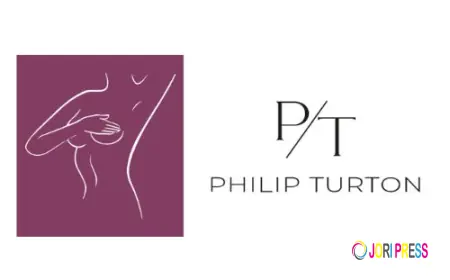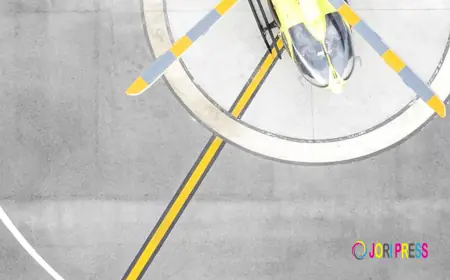How UBO Checks Help Prevent Hidden Ownership Risks

Business ownership is not always clear. Behind a company name, there can be layers of other companies. Sometimes those layers stretch across multiple countries. The goal is often simple. Keep the true owner hidden. For regulators and financial institutions, this creates serious risk. A person with a criminal history could control a company while staying out of sight. They might use that company to move money or hide assets. Without proper checks, the connection might never be found.
That is why UBO checks have become such a key part of compliance. UBO stands for Ultimate Beneficial Owner. It refers to the person who truly owns or controls a company, even if their name is not on the first set of documents. Finding that person is not always easy. It often requires data from multiple sources and countries. Still, it is vital. Without it, compliance teams work with only part of the picture.
An Ultimate Beneficial Ownership screening process gives firms the means to uncover hidden control. It links names, addresses, and corporate records. It spots patterns across borders. Most importantly, it helps stop risky business relationships before they start.
Why Hidden Ownership is a Serious Risk
Hidden ownership is not always illegal. Many people use holding companies for tax planning or privacy. The problem is that the same methods are used for fraud, money laundering, and sanctions evasion. A company can be registered in one country, owned by another company in a second country, and controlled from a third. Each layer makes it harder to see the real person in charge. In some cases, that person may be on a sanctions list. In others, they may have past links to financial crimes.
The lack of transparency puts banks, payment providers, and other businesses at risk. They might end up processing funds for someone they would never accept as a client if they knew the truth. That can lead to fines, legal action, and damage to trust.
How UBO Checks Work in Practice
A UBO check starts with the company name provided by a client or partner. The system searches corporate registries, financial filings, and other official records. If the company is owned by another company, that information is recorded. The process repeats for each owner until the final person or group of people is identified. In some cases, the chain may be short. In others, it can stretch through dozens of entities.
Modern UBO tools go further than simple record lookups. They can cross-reference directors, shareholders, and corporate officers. They can link people to multiple companies across different countries. That ability is crucial for spotting complex networks designed to hide control.
The Role of Global Data
UBO checks rely on access to global corporate information. If the data is limited to one country, many links will be missed. High-quality systems have access to hundreds of millions of company records. They cover corporate ownership, officer names, and registration details from many jurisdictions. They also update regularly so that changes in ownership are caught quickly.
This breadth of data is what allows compliance teams to see connections that would be invisible in a smaller dataset.
Using UBO Checks for Risk Assessment
UBO data is not just about names. It provides context. A person’s other business interests can reveal patterns. For example, a company may appear low risk. But if the UBO also owns firms in high-risk sectors or countries, the risk level changes. The same applies if they are linked to past investigations or appear in negative news reports.
By combining UBO information with other checks, such as sanctions lists and adverse media, compliance teams can make better decisions.
Detecting Cross-Border Structures
One of the hardest parts of UBO work is dealing with cross-border structures. Criminal networks often use companies in multiple countries to create complexity. UBO systems with strong cross-border mapping can trace these links. They do not stop at national borders. They look at records in each jurisdiction, linking them together in a single profile.
This ability is especially important for financial institutions that deal with international clients. Without it, large parts of the ownership picture stay hidden.
How UBO Checks Fit Into Compliance Workflows
UBO checks are most effective when they are part of the onboarding process. New clients should be screened before any business is done. They also have value for ongoing monitoring. Ownership can change over time. A company that was low risk at onboarding may later be sold to a high-risk individual. Regular UBO updates ensure those changes are caught.
Integrating UBO tools into a compliance platform allows these checks to run smoothly. They can work alongside KYC, AML, and sanctions screening. All data stays in one place for easy access during audits.
Why the Demand for UBO Checks is Rising
Regulators are placing more focus on ownership transparency. New rules in many countries require companies to disclose their UBOs. Financial institutions are expected to verify those disclosures. At the same time, the growth of global trade and digital payments has increased the number of cross-border transactions. Each of these creates opportunities for hidden ownership to be abused.
UBO checks give businesses a way to keep up with both trends. They meet regulatory demands and reduce exposure to hidden risks.
Bottom Line
Global RADAR provides advanced tools for identifying and assessing UBOs. The company was founded to address the rising complexity of global regulatory requirements. Its technology supports businesses in making informed compliance decisions. Global RADAR’s system has access to over 200 million companies worldwide. It also covers more than 275 million corporate officers and spans 140 jurisdictions. This reach gives compliance teams the information they need to see ownership structures clearly.
The platform also provides real-time insight into the context behind a person or legal entity. Users can see links between companies and individuals without running separate searches across many registries. This saves time and ensures accuracy.
Cross-border connections that might take days to find manually can be spotted in minutes. As a single source for global ownership data, Global RADAR helps businesses avoid risk while meeting regulatory expectations. It turns complex ownership checks into a faster, more reliable process. For any organization that deals with corporate clients, Global RADAR offers the tools to reveal the full picture before making important decisions.
What's Your Reaction?
 Like
0
Like
0
 Dislike
0
Dislike
0
 Love
0
Love
0
 Funny
0
Funny
0
 Angry
0
Angry
0
 Sad
0
Sad
0
 Wow
0
Wow
0

















































